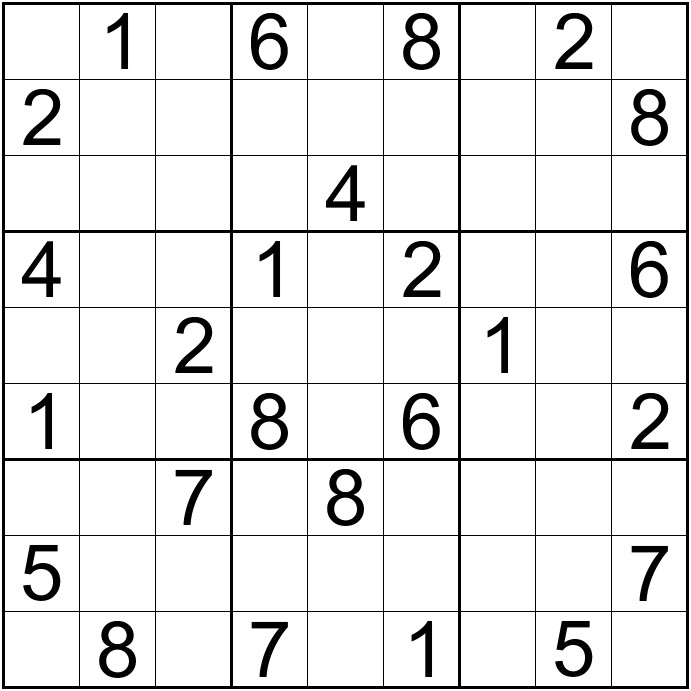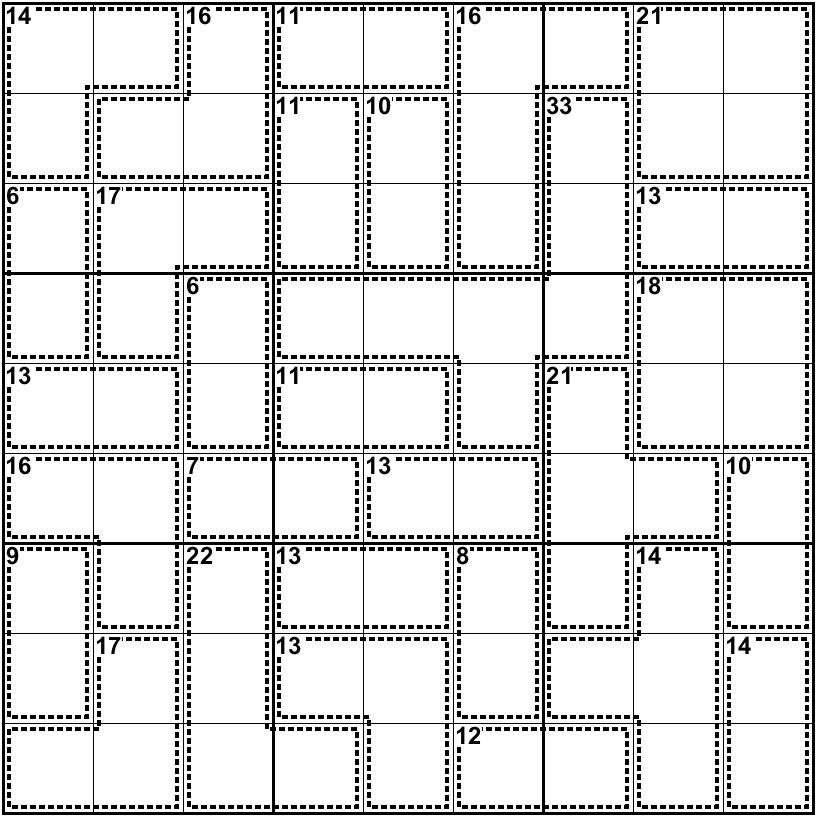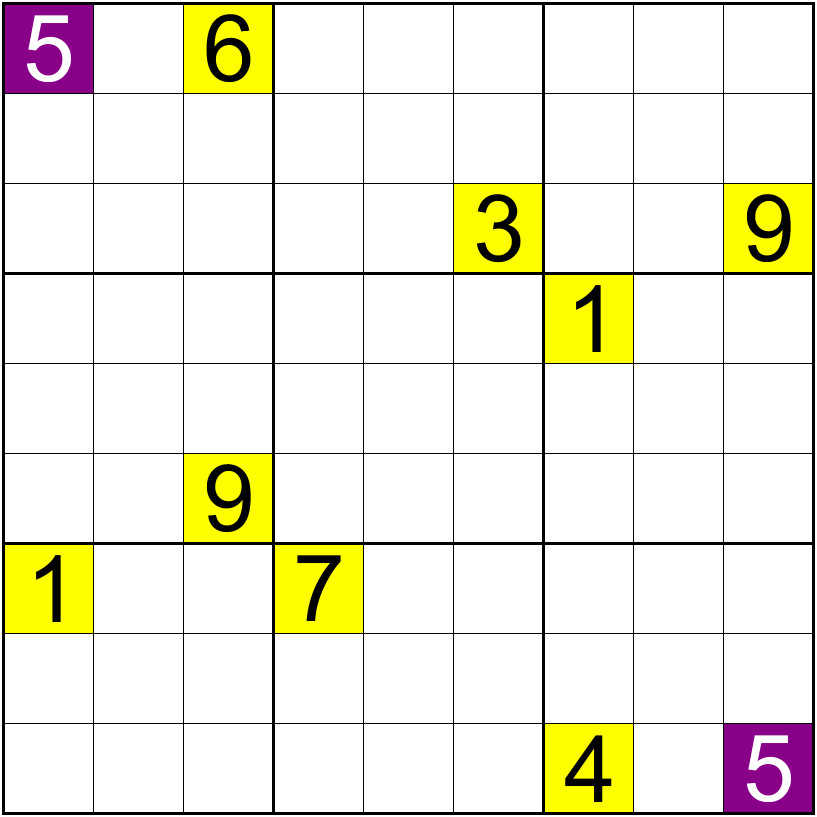No adjacent cells can sum, multiply, divide or subtract to give you 5 or 10
Toroidal grid: The grid displays a top-bottom right-left wrapping to
give you a toroidal (doughnut) shape
And look at this board state, which steps do solve this puzzle?
- Code: Select all
+-----------+-----------+-----------+
| 11 4 3 | 1 8 7 | 6 2 9 |
| 9 2 6 | 3 4 11 | 8 1 7 |
| 8 1 7 | 6 2 9 | . . . |
+-----------+-----------+-----------+
| 1 7 8 | 9 6 2 | . . . |
| 2 6 9 | 11 3 4 | 7 8 1 |
| 4 3 11 | 7 1 8 | 9 6 2 |
+-----------+-----------+-----------+
| 3 11 4 | 8 7 1 | 2 9 6 |
| 6 9 2 | 4 11 3 | 1 7 8 |
| 7 8 1 | 2 9 6 | 3 4 11 |
+-----------+-----------+-----------+
Do you mean with adjacent all 8 surrounding, or 4 with + or 4 with x?
And the math operators, on which cell are they used?
And 1 operator for the target adjacent cells?





